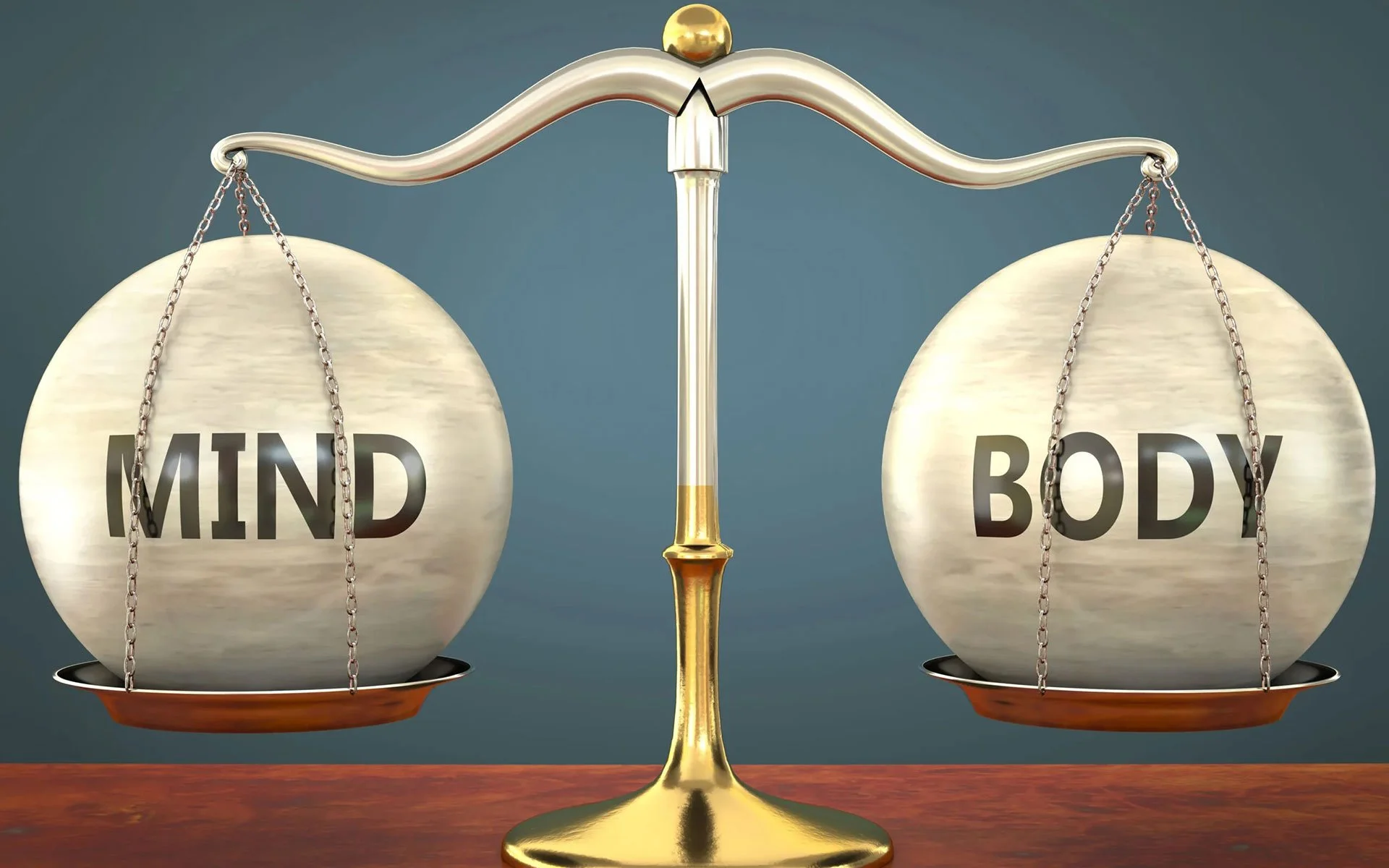The Mind-Body Connection: How Pilates Helps Reduce Stress and Tension
The Mind-Body Connection: How Pilates Helps You Tune Into Yourself
In today’s fast-paced world, it’s easy to feel disconnected from our bodies. We rush from one task to the next, often ignoring the subtle signs of stress and tension that build up over time. But what if movement could help bridge that gap? Pilates, with its slow, controlled movements and deep focus on breath and alignment, is a powerful tool for strengthening the mind-body connection.
Understanding the Mind-Body Connection
The mind-body connection refers to the way our thoughts, emotions, and bodily sensations are intertwined. When we experience stress, our bodies react—muscles tense, breathing becomes shallow, and posture suffers. Many of us carry this tension without even realising it, leading to discomfort and a sense of disconnection from ourselves.
Dr. Bessel van der Kolk, in his groundbreaking book The Body Keeps the Score, explores how trauma and stress are stored in the body. He explains that awareness of bodily sensations is key to processing and releasing emotional tension. This is where practices like Pilates can make a profound difference.
Pilates: A Path to Awareness and Release
Unlike high-intensity workouts that encourage pushing through discomfort, Pilates invites you to slow down and listen to your body. Each movement is performed with precision, control, and breath, making it an effective practice for becoming more present.
Here’s how Pilates enhances the mind-body connection:
Bringing Awareness to Tension As you move through different Pilates exercises, you start to notice where you hold tension. Perhaps your shoulders creep up towards your ears or your lower back feels tight. Identifying these areas is the first step towards releasing stored stress.
Encouraging Mindful Breathing Breathwork is a key element of Pilates, helping to calm the nervous system and bring attention to the present moment. When you coordinate breath with movement, it naturally reduces anxiety and increases body awareness.
Improving Postural Awareness One of the most powerful aspects of Pilates is its emphasis on posture. By constantly being aware of your spine’s alignment, muscle engagement, and movement patterns, you train your body to move more efficiently in daily life. This not only reduces physical pain but also takes you out of your head and into your body.
Promoting a Sense of Control Trauma and stress often make people feel disconnected from their bodies or out of control. Pilates offers a safe way to regain that control, reinforcing the idea that your body is a place of strength and support, rather than stress and discomfort.
Pilates as a Tool for Emotional and Mental Wellbeing
As Van der Kolk discusses, movement-based therapies help people reconnect with themselves in a non-threatening way. Whether you’re dealing with everyday stress or deeper emotional wounds, Pilates can be a gentle yet powerful method for fostering healing and self-awareness.
By practicing Pilates regularly, you develop a deeper relationship with your body—learning to trust it, listen to it, and care for it in a way that supports both physical and mental health.
So next time you roll out your mat, take a moment to truly feel each movement. Notice the subtle shifts in your muscles, the rhythm of your breath, and the way your body supports you. Because in those moments of mindful movement, you’re not just exercising—you’re reconnecting with yourself.

